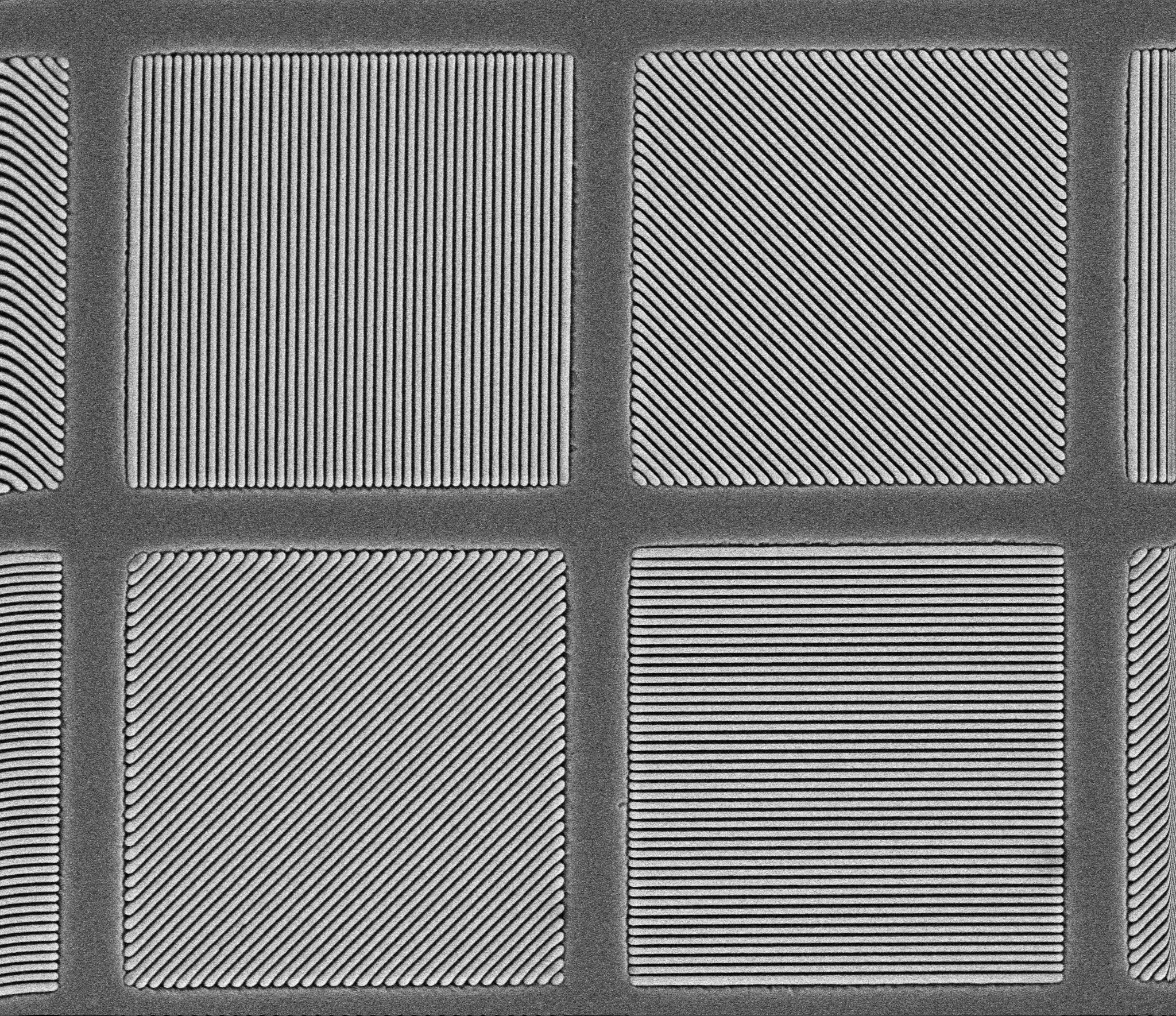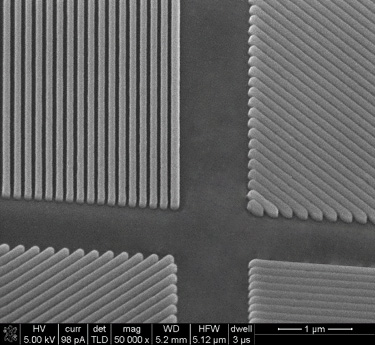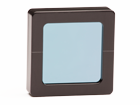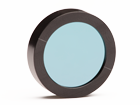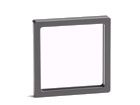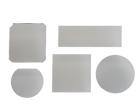Pixelated Wire-Grid Polarizers
Moxtek has created unique inorganic Pixelated Polarizers using an array of micro-pattered Nanowire® grids. These versatile custom polarizers can be aligned with cameras, plane arrays, interferometers, and microbolometers without the need for mechanical polarizer switches. Using our Pixelated Polarizers, vibrant images distinguishing between multiple polarizations across the visible and IR wavelengths can be captured simultaneously in real-time enabling fast, high resolution images. These polarizers also enable clear 2D and 3D images even in low-light conditions. We offer patterned polarizers for two, three and four-state imaging devices.
Pixelated polarizers are designed to incorporate different polarization angles into a single array, when combined with a CCD/CMOS camera, enables real-time polarimetry. Traditional polarimetry requires multiple images be taken with different polarizations and multiple cameras precisely aligned to each other. The resulting image data must then be carefully overlaid and aligned which requires added time, equipment, and precision. Pixelated polarizers enable real-time imaging when speed and resolution is critical. Recently, Moxtek has further developed a NanoImprint Lithography (NIL) fabrication process, rendering improved performance and uniformity across pixels while allowing potential wafer level imprint with alignment.
Imaging polarimeters map a scene of interest using the polarization state of light instead of color as in traditional cameras. Polarization provides high contrast information about surface features such as shape, shading, and roughness. Traditional methods require combining and precisely aligning data from two separate images which requiring added time, equipment, and space. The pixelated polarizer, when attached to an image sensor, enables a number of different types of images to be obtained simultaneously as illustrated in the figures on page two of the datasheet.
Various other applications of Pixelated Polarizers include: Encoders, lasers and sensing.
View our Pixelated Polarizer datasheet here.
